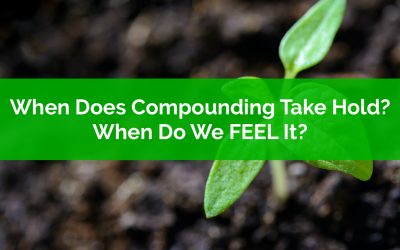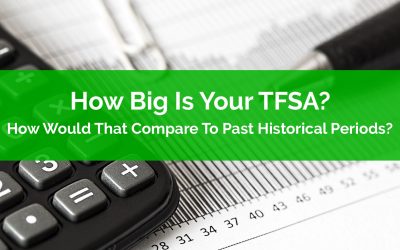Congratulations! You’re on the waitlist!
We will e-mail you before the bootcamp launches for an exclusive preview.
Check out our latest blog posts…
What Is Joint First-To-Die Life Insurance?
What is joint first-to-die life insurance and why would you choose it over two regular life insurance policies?
Life insurance is meant to protect against an unexpected death. It’s meant to provide financial protection for those who may be dependent on the insured. This is very common for families with young children and also for households with dual incomes (especially when one income is larger than the other).
There are many types of life insurance but one of the most common types for the average Canadian family is called term life insurance.
Term life insurance covers the insured person for a specific length of time (the term). It’s typically less expensive than other types of life insurance because it only lasts for 10, 15, 20, 25 years. The cost of term life insurance is very low when purchased early. A young family in their late 20’s or early 30’s will pay very little for term life insurance because the probability of an unexpected death is very low.
Joint first-to-die is one form of term life insurance that is available to couples. A joint first-to-die insurance policy pays out when the first person in a couple passes away. Instead of having two term life insurance policies for $500,000 each, a couple could purchase a joint first-to-die policy that covers both for $500,000. A joint first-to-die term life insurance policy is typically less expensive than two similar but separate policies, so it can be attractive in certain situations. But what are the downsides of a joint first-to-die life insurance policy? And when might you choose a joint first-to-die policy over two separate policies?
When Does Compounding Take Hold? When Do We FEEL It?
Technically compounding begins with the first dollar, but when does compounding exactly take hold, when do we really start to FEEL the effect of compounding?
Compounding is almost like magic. It turns even the smallest amount of money into millions if given enough time.
Ben Franklin bequeathed $2,000 to the cities of Boston and Philadelphia in his will BUT with the stipulation that they could not draw on the investments for 200-years. The original amount has compounded over 200-years from $2,000 to $6.5 million!
But do you have to wait for 200-years to feel the effect of compounding? Definitely not.
The effect of compounding can be SEEN almost immediately but to really FEEL the effect of compounding takes at least a few years, plus, as well see below, it also depends on the rate of investment return.
How Big Is Your TFSA? How Would That Compare To Past Historical Periods?
As of January 1st, everyone in Canada over the age of 18 has the chance to add another $6,000 to their TFSA. If you were 18 or older in 2009 your total original contribution room would be $75,500.
But that’s just contribution room, what about investment growth?
With investment growth where would a TFSA be? How much would it be worth? And how would that compare to other historical periods?
Let me preface this post by saying I don’t like to compare personal finances. Everyone’s path is different and it’s impossible to compare apples to apples. Even in the same financial situation everyone values money differently and therefore two people with the exact same income, assets, debts etc will have very different financial plans, part of the reason why financial planning is so important, and also so interesting.
That being said, in this post we’re going to compare hypothetical TFSA balances of today with those of the past. We’ve had a great “bull run” over the last 10+ years but what would it look like if we had different set of returns? What if we looked at the best periods and the worst periods in recent history to compare how the last 10+ years stacked up?
The TFSA has been around since 2009. Each year, once you reach age 18, you accumulate TFSA contribution room. In 2021, someone who was 18 or older in 2009 would have $75,500 in original contribution room. But with investment growth where would the actual balance be?
What do you think the top 5 and bottom 5 historical periods would be? And how do you think they’d compare with the last 10+ years?



